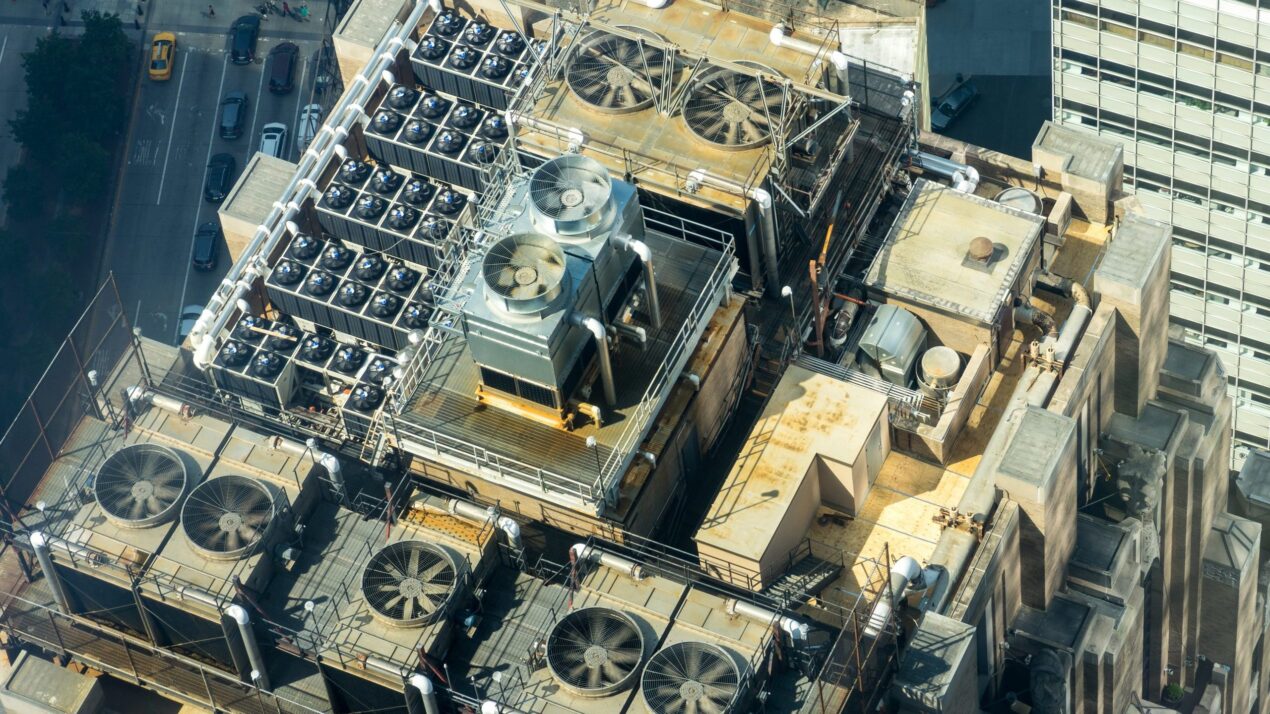
Policy Solution
Demand aggregation
Other

Summary
Sustainable cooling equipment typically has a higher cost than less sustainable solutions. Demand aggregation is one way governments can work together to address higher initial costs. Bringing together multiple entities for bulk procurement can secure lower prices from suppliers.
Implementation
Coordinate with other governments to purchase cooling technologies and equipment in bulk.
Considerations for Use
Review examples and develop a plan for demand aggregation based on appropriate solar and transportation industries.
Overview
Climate:
Cold, Hot/Dry, Hot/Humid, TemperatePolicy Levers:
OtherTrigger Points:
City planning processesIncludes city initiatives such as the development of climate action plan, pathway to zero-energy, master plan, transit plan, energy mapping etc.No-regrets actions (low cost/low effort but substantial benefit)Interventions that are relatively low-cost and low effort (in terms of requisite dependencies) but have substantial environmental and/or social benefits.Intervention Types:
Planning/PolicySectors:
City Administration
Case Studies
Impact
Target Beneficiaries:
Business owners, ResidentsPhase of Impact:
Risk reduction and mitigationMetrics:
Number of equipment replaced by more energy efficient options and associated savings
Implementation
Intervention Scale:
City, RegionAuthority and Governance:
City governmentImplementation Timeline:
Short-term (1-2 Years)Implementation Stakeholders:
City governmentFunding Sources:
Public investmentCapacity to Act:
HighBenefits
Cost-Benefit:
LowPublic Good:
N/AGHG Reduction:
LowCo-benefits (Climate/Environmental):
Reduce greenhouse gas emissionsCo-benefits (Social/Economic):
N/A
